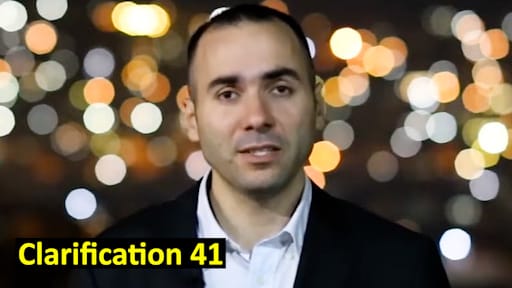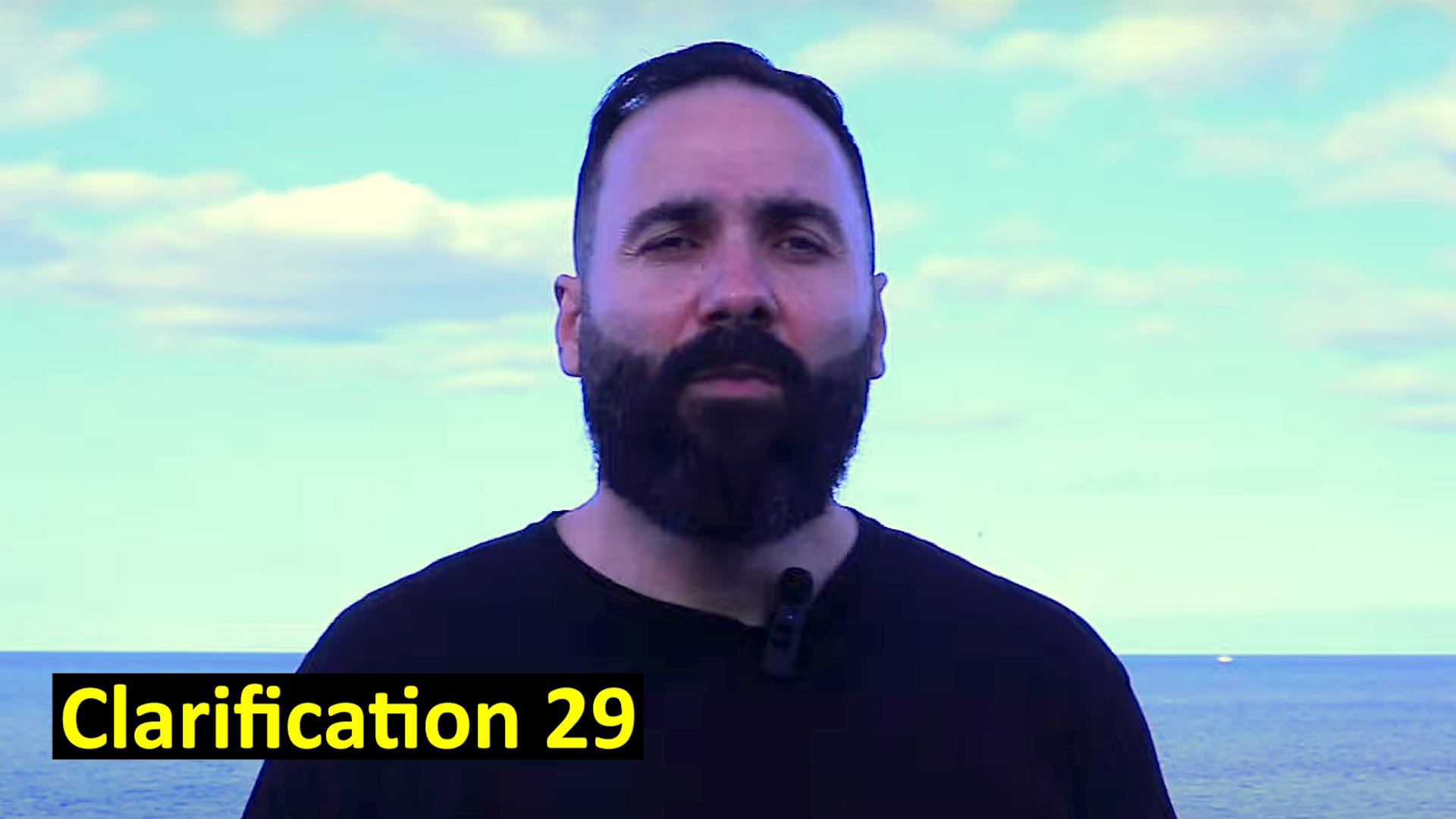It’s a well-established fact by now that if you live in Europe, Mecca is towards South-East. In Asia, Mecca is towards South-West, or West. In Australia and the islands around it, Mecca is towards North-West; in sub-Saharan Africa, Mecca is towards North-East; and in North Africa Mecca is towards East or slightly South of East; in South America, Mecca is towards North-East. And people agree about these regardless of the type of map they use – whether they use a flat map, or a globe.

But when it comes to the continent of North-America, people do not agree anymore.
Those who use a flat map say that Mecca is towards the South-East,

and those who use a globe say that Mecca is towards the North-East.

So who is right?
Here are the arguments for both sides first:
- Those who like to follow North-East, say that this is the shortest distance between North America and Mecca, and therefore this mus be the direction. However, there is a drawback to this argument, because this direction starts as North-East, but it eventually turns into South-East anyway.
- On the other hand, those who like to follow South-East say that this is constantly South-East, and this would be a direction which is constantly the same relative to the stars. However, there is a drawback to this argument as well, because this is not really the shortest distance, and a direction is supposed to be the shortest distance between two points.
So, as you can see, both sides have arguments pro and against. This means that they don’t have enough arguments – they don’t have conclusive arguments. And when arguments are not enough, we need guidance (6:77, 27:63), and that is why God sends messengers (2:150-151, 49:7, 65:11). And, the guidance is in the Quran (27:77, 41:44).
The Quran never directly orders the believers to face Mecca, or Kaaba, per se (5:95, 5:97, 48:24, 3:96); it only orders us to face the Sacred Masjid (2:144, 2:149, 2:150). And there is a difference between these. The difference is that Mecca is the City (48:24), Kaaba is the cube shaped building (5:95, 5:97), and the Sacred Masjid is the ground underneath that building. So even if destroy Kaaba and Mecca, the Sacred Masjid would still be there. So, since the Sacred Masjid is the ground underneath Kaaba, if we go one meter underneath the ground, would it still be a sacred masjid? Of course. If you go two meters underneath the ground, would it still be a Sacred Masjid? Of course. If we go ten meters underneath the ground, would it still be a Sacred Masjid? Of course. If we go one mile underneath Kaaba, would it still be a Sacred Masjid? Of course. And if we go all the way to the center of the Earth, would it still be the Sacred Masjid? Of course. This means that the center of the earth is part of the Sacred Masjid. And, if we turn towards the center of the Earth, that means that we would turn towards the Sacred Masjid, and that’s what we do when we do the Contact Prayers. When we do the Contact Prayers, we bow down, and we prostrate, and at both times we are facing the center of the Earth (2:144). So, if you do the Contact Prayers, in each case you are facing the Sacred Masjid, regardless if you are turning East, or West, or North or South – it does not matter (2:177).
When you do the Contact Prayer, you are facing the Sacred Masjid.
So, it really does not matter which way you turn. All directions belong to God (2:142, 2:177, 2:115, 73:9). And this matter of turning towards the North-East or the South-East has nothing to do with righteousness (2:177, 2:142). It’s so not important, that it is not even religion – it’s geography.
Let’s emphasize the issue even more: The Contact Prayers are like money, with which you can buy heavenly food (2:277, 7:170), and whether you pay with them with the bill facing up or with the bill facing down, it really does not matter. The bill has the same value, face up, or face down. And you can even fold it, and it still has the same value. And the case of North America is like folded money. Part of it is facing down, and part of it is facing up, but it still has the same value. So, in the case of North America, part of the Qiblah is North-East, and part of the Qiblah is South-East; but it still has the same value. God will not waste your Contact Prayers, because of the direction which you are following (2:143).
So, if the Contact Prayers have the same value, regardless of the direction you turn, then why would God tell us to face the Sacred Masjid? Well, it’s simply to distinguish those who follow the messenger, from those who do not (2:143). And this is why the very definition of the word “Qiblah” in the Quran is ‘the direction with which the messenger is pleased with’ (2:144). So, it’s simply a matter of preference – whichever way the messenger like (2:144), and it has nothing to do with right and wrong (2:177).
Therefore, it’s not even theoretically possible for God’s messenger to misguide you in this issue, because this matter has nothing to do with right and wrong. It’s simply a matter of taste – whether you like what the messenger (chooses) likes (2:144). And this finally brings us to the question. What does the messenger like? Does the messenger like Qiblah to be North-East for the United States and Canada, or does the messenger Qiblah to be South-East for the United States and Canada? And here is what Clarifying Mesenger, Alban Fejza, chooses:
Instead of giving you directions, he gives us the liberty (4:28) – Liberty, by informing us that what he likes for Qiblah for the United States and Canada is the whole range of directions from North-East to South-East (2:148).

He likes them all. This means that from Alaska, Qiblah is the whole range of directions between North and South-West. The rest of the world might say, ‘Wait a minute! Why do American get a chance to choose from a range of directions, while we have to follow a more specific direction. Is it fair? Yes it is, because, the rest of the world had the privilege to build mosques before building roads, and this gave the rest of the world the opportunity to adjust the roads according to the mosques, while Americans have built roads before building mosques, and this is why they are forced to adjust the mosques according to the roads, and according to the urban planning. And of course, this additional flexibility will have to be paid for. For example, North Americans, when they travel to Hajj, they will have a longer distance, and therefore more expensive flight tickets.
So, this whole time, what people might have perceived as confusion and uncertainty about this issue (2:142), was in fact purposeful liberty, and purposeful flexibility from God (2:148).
In cases when someone else is leading the prayer for you, then you just follow them (2:43), because it’s not possible to go wrong in this issue. And when you are praying alone, for example, at work you can choose one direction, because that’s how it suits you (2:148), then you can go home, and pray in another direction, as long as it’s between North-East and South-East for USA and Canada (2:148, 2:144), and let’s say, then you go to the masjid, and pray in another direction (2:43) – it really does not matter (2:177) – you can constantly change your mind, wherever you go. And the whole range of directions between North-East and South-East are correct – all of them (2:142, 2:115, 2:177).
CONCLUSION:
- In the USA and Canada, Qiblah is EVERYTHING between North-East and South East (2:145, 2:148) because that the way the messenger likes it
- Other directions are also not wrong (2:177), but that’s simply not the way which the messenger likes (2:144).
- No wrong Qiblah (2:177, 2:148). IT’S ONLY WRONG TO ARGUE ABOUT IT (2:142).
Sumary of All Qiblah Directions:

By: Alban Fejza, the Clarifying Messenger
For more information:
Reconstructing the Muslim Prayer Completely from the Quran
Join us to listen to our online Friday meetings every Friday.











